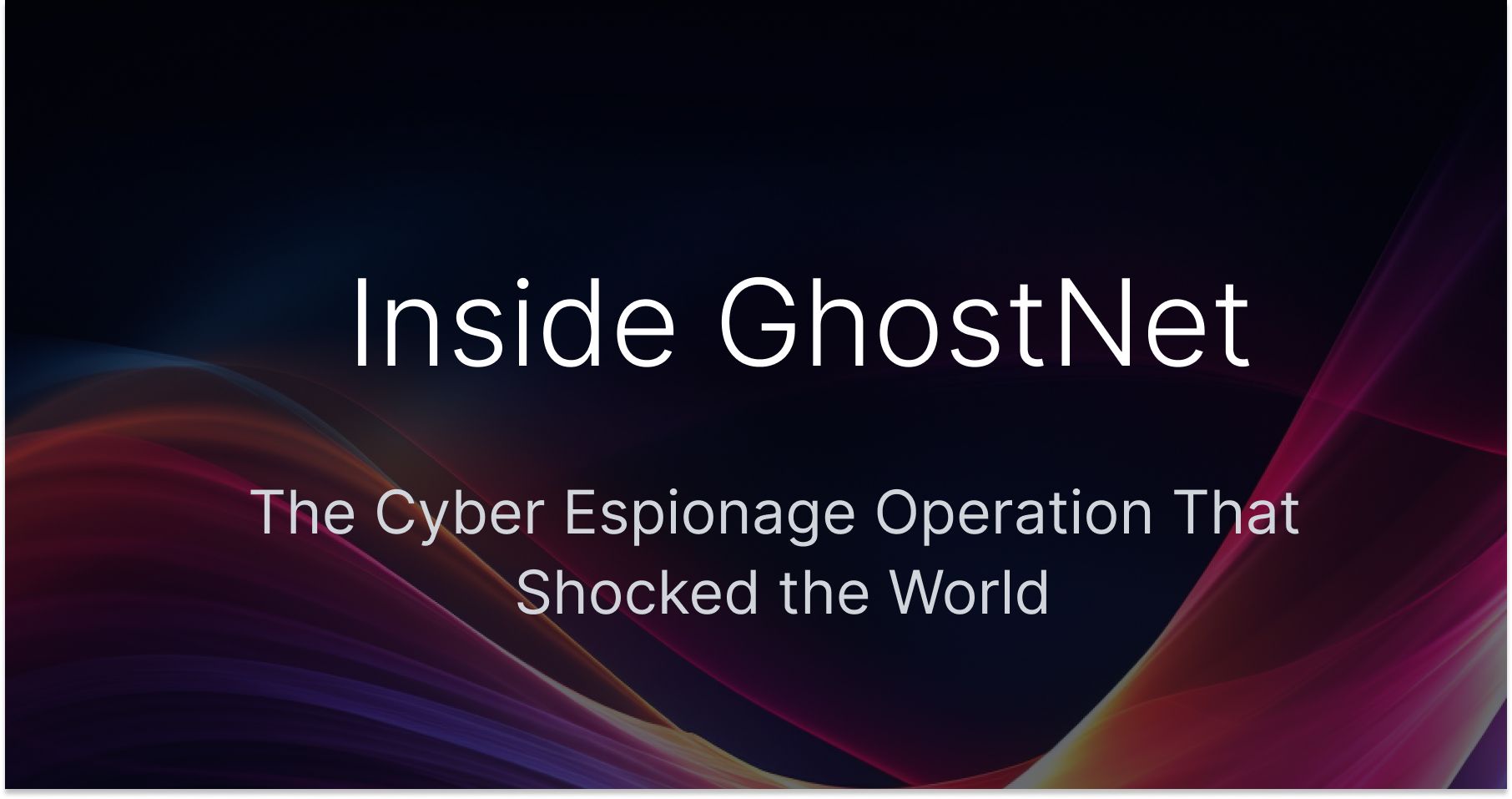Inside GhostNet: The Cyber Espionage Operation That Shocked the World

Inside GhostNet: The Cyber Espionage Operation That Shocked the World
Introduction: A Spy Story in Cyberspace
Imagine a scenario straight out of a spy thriller: hidden agents, secret communications, and an invisible network infiltrating governments worldwide. This wasn't fiction—it was GhostNet, one of the most infamous cyber espionage campaigns ever uncovered. Discovered in 2009, GhostNet revealed the hidden dangers lurking in our digital world.
Interested to learn more about how to prevent insider risk? Contact us at info@adaptive.live
What Exactly Was GhostNet?
GhostNet was a sophisticated cyber espionage operation targeting governments, embassies, NGOs, and even the Dalai Lama's offices. Canadian researchers from the Information Warfare Monitor discovered GhostNet in 2009, finding it infected an astounding 1,295 computers across 103 countries.
The perpetrators likely operated from China, though absolute proof linking them directly to the Chinese government was never established. Still, the evidence suggested clear political motivations.
How Did GhostNet Invade Systems?
GhostNet was deceptively simple yet brutally effective, using tactics as old as espionage itself—trickery:
Step 1: The Trap (Phishing Emails)
Victims received innocent-looking emails. A diplomat or NGO staffer might open an attachment expecting a routine document, unknowingly unleashing malware.
Step 2: Silent Infection (Gh0st RAT)
The malware was the infamous Gh0st RAT, a Remote Access Trojan granting attackers total control over infected computers.
Step 3: Covert Surveillance
Attackers could remotely:
- Steal sensitive documents
- Monitor emails and instant messages
- Activate webcams and microphones, turning the victim’s device into a spy gadget
Who Was in GhostNet’s Crosshairs?
GhostNet’s targets were chillingly strategic:
- Embassies in Europe and Asia
- Government ministries in India, Iran, and Indonesia
- NATO and United Nations offices
- Tibetan exile groups and the Dalai Lama’s own team, indicating intense political motivations
Why GhostNet Shook the Cybersecurity World
GhostNet wasn't just another hack—it was a global wake-up call. Before GhostNet, cyber espionage felt abstract. Afterward, the risks became starkly real. It demonstrated that:
- Anyone can become a target—diplomats, activists, journalists.
- Cyber-attacks significantly impact geopolitics.
- Attribution in cyber espionage is notoriously difficult.
Lessons Learned: Protecting Yourself from the Next GhostNet
The threat revealed by GhostNet remains active today. Here’s how organizations can protect themselves:
- Educate teams about phishing attacks.
- Deploy strong endpoint security solutions to detect unusual activities.
- Regularly update and patch software.
- Encrypt sensitive communications.
- Monitor outgoing traffic for suspicious activities.
GhostNet pulled back the curtain on the shadowy world of cyber espionage. Its discovery remains a landmark event, highlighting the persistent, invisible threats present in our digital lives. Understanding GhostNet’s story helps us better prepare for tomorrow’s cyber threats.
To learn more about privileges and permissions, contact us at info@adaptive.live
 SOC2 Type II
SOC2 Type II

